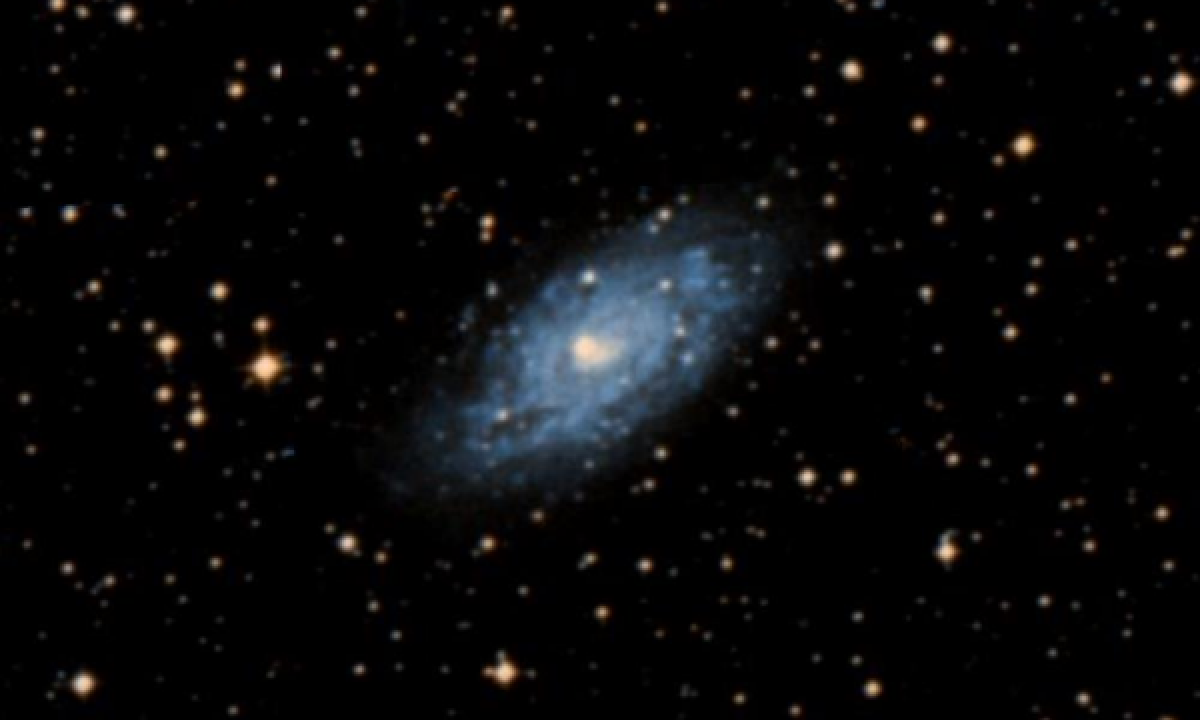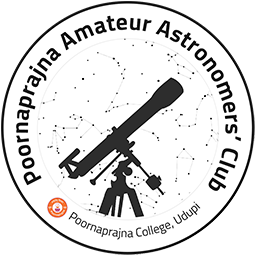The New General Catalogue of Nebulae and Clusters of Stars (abbreviated as NGC) is a catalogue of deep-sky objects compiled by John Louis Emil Dreyer in 1888. The NGC contains 7,840 objects, known as the NGC objects. It is one of the largest comprehensive catalogues, as it includes all types of deep space objects, including galaxies, star clusters, emission nebulae and absorption nebulae.
Know more about NGC
NGC 5530

NGC 5530 is a spiral galaxy located in the constellation Lupus. It is located at a distance of about 40 million light years from Earth, which, given its apparent dimensions, means that NGC 5530 is about 60,000 light years across. It was discovered by John Herschel on April 7, 1837. NGC 5530 is a member of the NGC 5643 Group, named after NGC 5643.
More Images:

Sources:
Wikipedia Page: NGC 5530
NGC 5530 at In-The-Sky website
